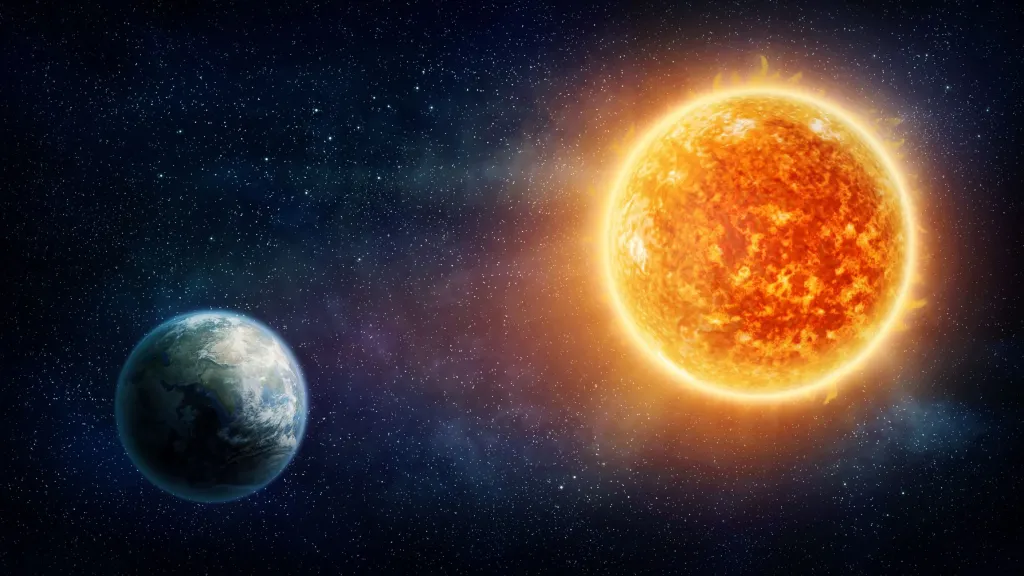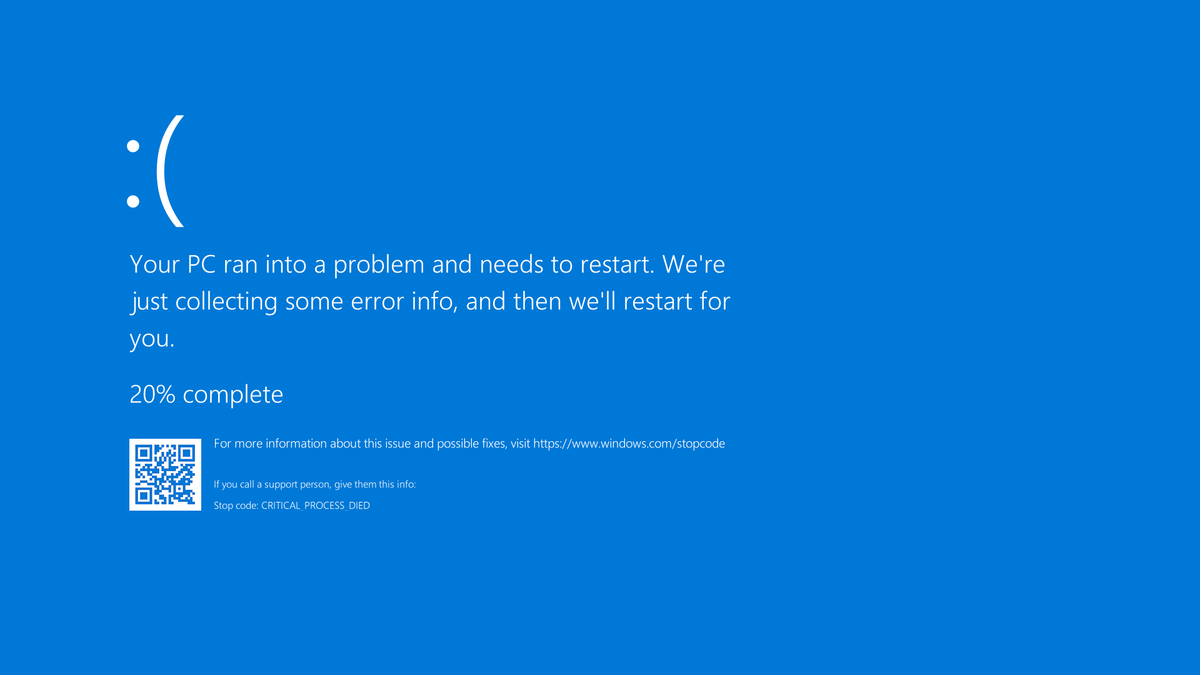A giant solar antenna known as a solar filament exploded from the Sun on Saturday, September 16, causing superhot plasma known as a coronal mass ejection (CME) to blast toward Earth. The U.S. National Oceanic and Atmospheric Administration (NOAA) has issued a watch for moderate G2 geomagnetic storms as it monitors the Earth-facing portion of a CME expected to hit on September 19.
This could be good news for aurora hunters. If the CME arrives as expected, it could trigger a geomagnetic storm similar to the storm that sent an aurora as far south as Colorado and Missouri on September 12.
Solar physicist Keith Strong expressed his admiration for the massive explosion on X (Twitter). “THE BIGGEST EXPLOSION I HAVE EVER SEEN! “I’ve been a professional sunwatcher for over 50 years, and this is the largest filament explosion I’ve ever seen.”
Geomagnetic storms are disturbances in the Earth’s magnetic field caused by solar material from CMEs (large ejections of plasma and magnetic field from the Sun’s atmosphere).
NOAA classifies geomagnetic storms on a scale from G1, which can cause increased polar activity around the poles and slight fluctuations in power supplies, to G5, the most extreme level that can cause complete disruption of HF (high-frequency) radio communications. All the sunny side of the world for A few hours
The G2 storm expected on Tuesday, September 19, could trigger a large-scale aurora and lead to a limited outage of HF radio communications on the sunny side and possible loss of radio link for tens of minutes, according to NOAA. Low-frequency navigation signals may also experience degradation for tens of minutes.













